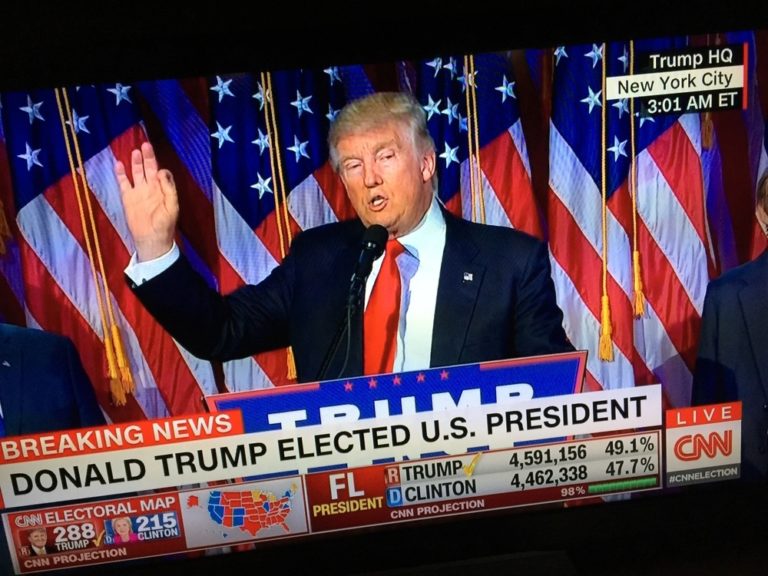Key Takeaways:
- A new study by the Charlotte Lozier Institute (CLI) found no scientific evidence to support the claim that abortion medications like mifepristone are safer than Tylenol.
- Abortion advocates and organizations like Planned Parenthood have long promoted the idea that mifepristone is as safe as common medications, but CLI’s research shows this claim lacks factual basis.
- The study reveals that comparing mifepristone’s safety to drugs like Tylenol is misleading because it ignores serious side effects such as heavy bleeding and severe pain.
- The claim that mifepristone is safer than Tylenol originated from an unsubstantiated comparison in a 2003 article, not from scientific research.
- Other studies have shown that nearly 11% of patients experience serious adverse events after taking abortion pills, much higher than the 0.5% rate often cited.
- The Biden Administration’s decision to remove in-person dispensing requirements for abortion pills has raised concerns about safety and regulation.
Debunking the Myth: Are Abortion Pills Really Safer Than Tylenol?
For years, abortion advocates have pushed the idea that abortion pills, like mifepristone, are safer than everyday medications like Tylenol. But a new study by the Charlotte Lozier Institute (CLI) reveals that this claim is not backed by science.
According to the study, published in the journal BioTech, there’s no valid scientific comparison between mifepristone and common drugs like Tylenol. The research, titled “The Origins and Proliferation of Unfounded Comparisons Regarding the Safety of Mifepristone,” argues that the claim has been repeated so often that it’s become accepted as fact, even though it lacks evidence.
How Did This Claim Start?
The study traces the origin of the “abortion pills are safer than Tylenol” claim back to a 2003 Chicago Tribune article. In the article, a doctor compared the death rate of mifepristone to an unspecified death rate for penicillin. However, this comparison was never supported by scientific data. Since then, the claim has been repeated by abortion advocates, medical organizations, and even politicians.
Cameron Louttit, the study’s author and CLI’s director of life sciences, said, “The abortion lobby’s claim that abortion drugs are safer than Tylenol has dominated public discussion, but no such evidence exists. This baseless claim has deeply influenced public opinion and policy.”
Why Comparing Mifepristone to Tylenol Is Misleading
The study explains that comparing the safety of mifepristone to other drugs is flawed because it focuses only on death rates. This approach ignores serious side effects such as heavy bleeding, severe abdominal pain, and other complications. For example, while the death rate for mifepristone might be low, nearly 11% of patients experience serious adverse events, according to a recent study by the Ethics and Public Policy Center (EPPC).
The CLI study also criticizes how supporters of abortion drugs oversimplify safety assessments. By ignoring important factors like side effects, they create a misleading narrative that misinforms patients, policymakers, and the public.
The Impact of Misinformation
Katie Daniel, director of legal affairs for Susan B. Anthony Pro-Life America, called the claim “a reckless slogan” with no scientific backing. She pointed out that the Biden Administration’s decision to allow abortion pills to be dispensed online without in-person medical oversight has created an unregulated market, putting women’s lives at risk.
Daniel said, “Americans deserve evidence-based policy, not political slogans that endanger women’s health.”
Calls for Action
The new findings come as the Food and Drug Administration (FDA) is being urged to review the safety of mifepristone and update its labeling to reflect the risks. Health and Human Services Secretary Robert F. Kennedy Jr. recently described the EPPC’s data on abortion pill risks as “alarming.”
What’s Next?
Medication abortions now account for two-thirds of all abortions performed annually. As the debate over abortion pill safety continues, studies like the one from CLI highlight the importance of accurate information and evidence-based policies.
The CLI’s research makes it clear that the claim that abortion pills are safer than Tylenol is not supported by science. It’s time to focus on the facts and ensure that women and policymakers have the full picture when it comes to abortion pill safety.










